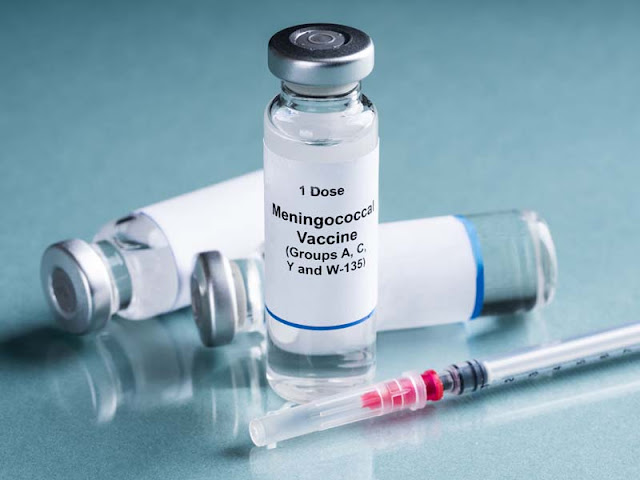Cell Therapy: How it Works and the Future of Treatment
 |
| Cell Therapy |
Cell therapy is an exciting area
of regenerative medicine that involves using live human cells to repair or
replace damaged tissues and cells in the body. With continued advancement and
innovation, cell therapy holds tremendous potential to treat many currently
incurable diseases and conditions. This article explores the different types of
cell therapies currently being researched and developed.
Stem Cell Therapy
Stem cells are the foundation for
cell
therapy due to their ability to differentiate into many specialized
cell types. Research focusses on harnessing the power of stem cells to
regenerate damaged tissues.
Embryonic Stem Cells
Embryonic stem cells are derived
from embryos donated through in vitro fertilization programs. These pluripotent
stem cells have the unique ability to become almost any cell type in the body.
However, their use remains controversial due to ethical concerns regarding embryo
destruction. Despite regulatory hurdles, some promising clinical trials are
exploring their potential to treat conditions like spinal cord injury, heart
disease, and diabetes.
Adult Stem Cells
Adult or somatic stem cells have
more limited differentiation potential compared to embryonic stem cells, but
can be isolated from adult tissues like bone marrow, blood, muscle, and adipose
tissue. Not requiring embryo destruction, adult stem cells are being
extensively studied for therapies:
Bone Marrow Transplantation
For decades, bone marrow
transplantation has successfully treated blood cancers and disorders. Stem
cells from healthy bone marrow are collected, purified, and injected into
patients after high-dose chemotherapy or radiation to rebuild their immune
system. Researchers are expanding uses to treat autoimmune diseases, heart
disease, and neurological disorders.
Mesenchymal Stem Cells
Found in tissues throughout the
body, mesenchymal stem cells are of particular interest due to their potential
for cartilage, bone, muscle, and tissue regeneration. Initial clinical trials
show benefits for treating graft-versus-host disease, Crohn's disease, multiple
sclerosis, and heart attack repair. Larger trials are underway.
Adipose-Derived Stem Cells
Adipose tissue is a promising
alternative source of adult stem cells. Collected through liposuction, these
stem cells are being investigated for helping repair cartilage, bone, heart
muscle, and nerve damage with fewer ethical concerns than other sources.
Induced Pluripotent Stem Cells
A relatively new and exciting
development is the ability to reprogram adult skin or blood cells into an
embryonic stem cell-like state through the introduction of genes. Called
induced pluripotent stem cells (iPSCs), these free researchers from ethical
dilemmas while retaining the customizability and wide differentiation potential
of embryonic stem cells. iPSCs show promise treating disease models in labs and
could revolutionize the generation of personalized cell therapies.
Specialized Cell Therapies
Research also focuses on
developing specific cell types for particular diseases:
Photoreceptor Cell Transplants
Macular degeneration and retinal
diseases cause vision loss by depleting light-sensing photoreceptor cells in
the retina. Scientists aim to replace lost cells through transplants derived
from stem cells or iPSCs to restore sight. Early human trials show promise.
Cardiomyocyte Transplants
Replacement of damaged heart
muscle cells after a heart attack could regenerate heart tissue and improve
function. Studies generate healthy heart muscle cells from stem cells for
transplantation into injured hearts in animal models.
Pancreatic Islet Cell Transplants
Transplanting insulin-producing
pancreatic islet cells could provide a functional cure for type 1 diabetes by
normalizing blood sugar control. Challenges include establishing long-term
graft survival without immunosuppression. The Edmonton protocol demonstrated
success transplanting pig islets into humans.
Hepatocyte Transplants
Transplanting healthy liver cells
derived from stem cells holds promise to treat acute liver failure. Hepatocytes
that repopulate the liver could restore metabolic functions like detoxification
and protein synthesis until the native liver can regenerate.
Neural Cell Grafts
Stem cell-derived dopaminergic
neurons, oligodendrocytes, and neuronal progenitors show promise treating
Parkinson's disease, multiple sclerosis, spinal cord injury, and stroke by
replacing damaged cells in the brain and spinal cord. Trials are ongoing.
Hurdles and the Road Ahead
While cell therapy research is
progressing rapidly, obstacles like limited cell availability, safety concerns
regarding cell integration and tumor formation, and lack of standardization
must still be addressed. As clinical trials advance our understanding of
appropriate cell dosage, delivery methods, and long-term effects, cell therapy
is poised to transform regenerative medicine over the coming decades. With
continued innovation and scientific breakthroughs, the realization of cell
therapy's potential to treat previously untreatable conditions grows nearer.
The future of this frontier appears bright.
Get More Insights Here
https://masstamilan.tv/asean-organic-cosmetics-market-trends-opportunities-and-growth-potential/
https://www.newsanalyticspro.com/a-journey-into-the-world-of-therapeutic-cells/



Comments
Post a Comment